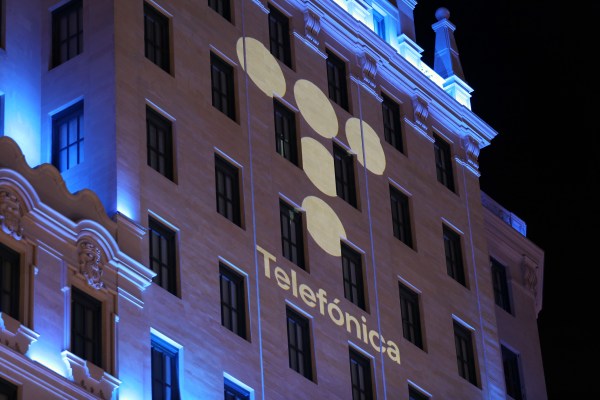Pyjamas that monitor the quality of sleep? A wristband that monitors our heartbeat, records physical activity and encourages us to lead a healthy lifestyle? A GPS system that indicates the location of a pet should it get lost and explains how to find it? The Internet of Things (IoT) has crept into our most basic routines. It’s shifted from making headlines in the media as an innovation to becoming a common everyday tool that many people have included in their lives in the form of wearables.
These smart wearable devices, such as watches, glasses, key rings, trainers and even collars to track our pets, are highly successful applications and the industry has undergone huge expansion over the last decade.
A link with the world of well-being and health
They all connect to each other to pool the information they collect. The most recognisable example is the smartwatch. It’s a device that’s so versatile that it can receive messages, read the latest news headlines and monitor part of our state of health by taking our pulse or checking the level of oxygen in our blood. Meanwhile, the mobile phone can be synchronised with some scales to keep a weekly record of our weight.
In this regard, the fitness industry has benefited enormously from its partnership with technology (and vice versa), with trainers that indicate the kilometres we’ve covered and vests that monitor our body temperature and heart rate as we exercise. Coupled with increasingly smart applications, they can help us to prevent future injuries, something that elite athletes are already benefiting from. These wearables can even save lives, as they connect to the emergency services in the event that they are needed, providing the wearer’s exact position.
The Internet inside the human body
The link between these devices and the field of health is extremely close. This relationship has grown with the development of other technologies such as Big Data and Artificial Intelligence and the deployment of the 5G network and the human body will be the following destination for the major innovations in this field. The aim is to link it to the network, not only through the devices that we already know, but by going one step further and connecting it from the inside. In this case, the Internet of the Body (IoB) is a kind of technology that’s beginning to excel in terms of its stunning capabilities.
Health is one of the chief objectives of the Internet of the Body, as the options are numerous and there will be more and more of them. Thus, monitoring people’s vital signs in real time from the inside will help to prevent the onset of diseases and improve their quality of life. In addition, by applying other technologies such as Machine Learning, it will be possible to predict the likelihood of the emergence of specific pathologies.
Smart pacemakers are a good example of the above. They’re able to collect data on the condition of a patient’s heart and send it to an external device for analysis. This makes it possible to monitor his/her health better and anticipate any future problems. The information is transmitted in real time, which is key to taking rapid action. If it obtains a large amount of data, a computer can process them and identify patterns, information of great use to doctors, who’ll be able to analyse them and make the right decisions. Anticipating cardiac arrests would be possible, thereby saving countless lives.
Another example is etectRx, a company that has developed a pill with a wireless sensor. Its function is to detect the intake of medicine and monitor the patient’s condition. The information can be reviewed via a mobile phone, thus simplifying the monitoring of the treatment, which will become more effective, as one of the problems facing doctors is that patients don’t take their medicine in the right doses.
The future of precision medicine
Precision medicine is sure to be the kind that undergoes the most development in the IoB and these internal devices. Its basis lies in the availability of information on millions of patients, permitting the design of therapies tailored to the needs of each individual. We will witness the end of more generic diagnoses and treatments and better recovery from a wide range of diseases.
Although there will be IT-related risks and threats, the benefits will far outweigh them. It will always be possible to develop the appropriate measures relating to cybersecurity, including data management to ensure patients’ privacy. In this regard, medicine, among other sectors, will radically change by virtue of having access to the inside of the human body in a non-invasive manner.
In short, the Internet is about to fully immerse itself in the human body through different devices, developing a kind of technology focusing on people’s needs.
While we should be aware of the risk of exposing our health data to cybercriminals and generating opportunities for access to our devices, the benefits that can be brought by all this innovation are numerous and varied.








